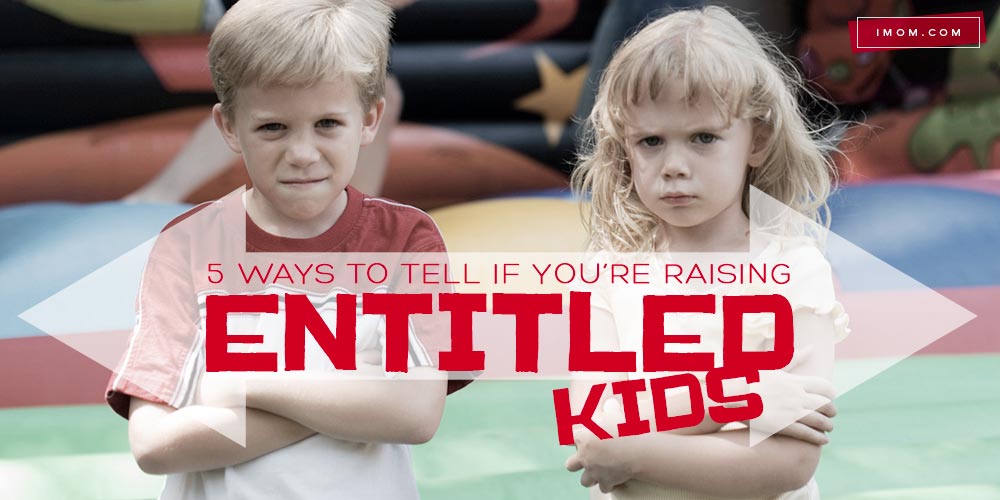I held back laughter as my friend told me how she drove out of her way to bring her son’s forgotten football uniform to him at school. “I had to pull in a special lane. There was a line of cars behind me, and I was about to jump out to run to him when I spotted him in my rearview mirror. Walking. Slowly. And looking down at his phone. I threw his uniform out the window.” She realized her “help” wasn’t appreciated, and we chatted about helping vs enabling our kids.
There are a lot of things we do to help our kids. We give homework hints or wake them up three times after their alarms have gone off, but how can we tell when we’re making things worse instead of better? Here’s what you need to know about helping vs enabling and how to support kids in a way that empowers them to grow.
Helping vs Enabling: What’s the difference?
Is your intervention leading your child to grow and ultimately become stronger? Then you’re probably helping. If you’re stepping in and allowing a problematic behavior to continue, you’ve tiptoed into enabling. Helping is recording your anxious kid as he practices his chorus solo and then giving encouragement and pointers. Enabling is telling him he can skip the performance if he’s too nervous or doesn’t feel prepared.
Sometimes the line between helping and enabling isn’t definitive. Does laying in bed with your 10-year-old ’til she falls asleep give her a sense of peace and help her sleep well? Sure. But does it also serve as a replacement for her ability to self-soothe? Probably. This is where your judgment comes in. Is your child safe, healthy and loved? Then you can probably let her sleep on her own.
What are some signs of enabling?
In Boundaries With Kids, authors Cloud and Townsend clearly captured the need to transfer responsibility from parent to child when they wrote, “What begins as the parent’s burden must end up as the child’s.” Bit by bit, we have to let go and let our children take over their lives. When we fail to do this, we see some of these signs of enabling:
- Your child does worse or behaves worse after you’ve stepped in.
- You feel manipulated.
- You lie for your child.
- You speak for your child.
- You do things for your child she is capable of.
- You notice your child isn’t taking action. You’re doing the work.
- You protect your child from uncomfortable situations.
How do you enable your child less?
Tell yourself to “start with the end in mind.” Realize that the goal for kids is autonomy, or having control over themselves and the choices they make.
Let go of the need for quick results. Enabling is a band aid, and some problems our kids face require a greater investment of our energy. It takes time to overcome fears, build good habits, and break bad ones.
Remember you’re not going to get it right 100% of the time. You might’ve had a tough day, and the enabling response is the only one that will keep you from a total breakdown. It’s OK. Give yourself grace.
Look for opportunities for your child to take small steps. If your 7-year-old has a meltdown when you try to leave him with a babysitter, try shorter outings where he stays with a trusted adult.
Talk about and model responsibility—what you’re responsible for and what your kids are responsible for. Cloud and Townsend say, “Children will take every opportunity they can to shirk their responsibilities until we make taking ownership an expected lifestyle. Your job is to become a person who structures [her] life around responsibility and reality.”
If you have a child with physical, emotional, or learning challenges, it’s especially tempting to enable. My friend whose son has dyslexia has to pinch her lips to keep from reading his lessons for him. It’s so hard to watch kids struggle. So ask your doctor what your child is capable of doing on his own and what kind of help you should be giving.
What does helping vs enabling look like to you?










